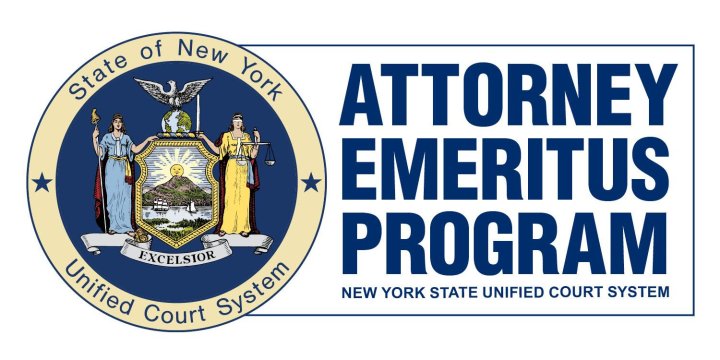The below article is an excerpt from the Summer AEP Newsletter. To read the full newsletter, click here.
Of New York's 62 counties, 44 qualify as rural per New York State Executive Law § 481, which identifies a county as rural if its population is fewer than 200,000 people. According to the April 2020 Report by the New York State Bar Association Task Force on Rural Justice, roughly 96% of New York's attorneys practice in metropolitan areas, meaning just 4% are serving the rural population, which is spread out over 80% of the state's geographic area. Nearly 75% of those attorneys who practice in rural New York will be retiring from practice in the next 10 to 30 years and there are few new attorneys filling the resulting void. In May 2024, the AEP Team spoke with members of several of our host organizations to better understand the challenges facing civil legal service providers due to the rural gap in legal assistance.
The barriers to judicial access in rural communities are many, including lack of personal and public transportation, limitations to internet access, overwhelming caseloads, and simple conflicts of interest that often exist in smaller communities. The Task Force report pointed out the "difficulties rural attorneys have making referrals in their geographic region," as many of the attorneys who practice in rural areas are employed by private businesses or by government or other public institutions and therefore do not offer legal services to the general public. This indicates that there are even fewer attorneys to serve rural New Yorkers than the numbers above suggest. The combination of these factors and more help to paint a picture of the attorney deserts that exist in the rural parts of the state.
Kelly McGovern is the Director of Pro Bono Affairs at Legal Assistance of Western New York (LawNY), which provides free civil legal services to eligible clients in a service area that covers 10,000 square miles over 14 counties, 13 of which are rural. McGovern spoke about the recent trend LawNY has seen in senior citizens seeking help with wills, powers of attorney, and other estate matters. "This work is very critical in maintaining generational wealth and providing peace of mind to our elderly clients," she said. She also shared that the pro bono hotline LawNY runs is getting an influx of calls from people seeking uncontested divorces. "It's very difficult to find local attorneys to take this work because there are conflicts in availability in the community, and people can technically navigate this process on their own," McGovern said. However, "many people [who have called the hotline] can't do this process without assistance."
Arlene Sanders is the Managing Attorney at the Legal Aid Society of Mid-New York which serves 13 counties, of which 10 are rural. Sanders likewise highlighted the need for family law assistance in the population Legal Aid serves. "Simply assisting people and filling out the child support paperwork - and that can be done remotely" is a much-needed service. Pointing to what has already been working for them, she said, "We have recruited successfully with an AEP volunteer who had no experience in family law whatsoever. But we trained her . . . to just simply provide advice for divorces and go through a checklist to help screenings for people with uncontested divorces." That volunteer won last year's NYSBA Presidential Pro Bono Service Award.
Keisha Williams is the Deputy Director of Neighborhood Legal Services, which is based in Buffalo but serves all of Erie County and four other nearby counties. Rural populations experience poverty at rates comparable to, if not higher than, those in urban centers, yet Williams indicated that a part of the population is often overlooked - those who fall outside of the legal limitations to receive help from agencies such as Neighborhood Legal Services. "They are not rich and not poor . . . I think that if we had a cadre of attorneys who volunteered their services to help out those clients who fall outside the gap . . . that would be very helpful," she said. She also stressed the geographic limitations in rural communities and the difficulty getting attorneys to courts in those remote locations.
There are opportunities for AEP volunteers to help rural New Yorkers in a variety of ways, from advising local attorneys to directly helping clients with simple paperwork. Sanders brought up the need for volunteers from all areas of practice. "As an example, my own practice area here is bankruptcy, and many times I get tax questions. I could really use advice from a mentor downstate," she mentioned. "Corp-related areas like real estate, tax - they do come up."
The AEP hopes to continue to assist with building legal capacity in rural communities. Many court appearances and conferences can now be done remotely, creating opportunities for attorneys in metropolitan areas to help those in more remote communities. You can browse Volunteer Opportunities for organizations serving rural populations and to find ways you can help.


